frequently asked questions
WHY WAS ILLOWA CONSTRUCTION LABOR & MANAGEMENT COUNCIL FORMED?
Illowa was formed in 1985 to enhance relationships and improve cooperation between labor and management in the construction industry. A marketing study conducted by Dr. Gary Olney revealed a need to complete construction projects in a more efficient and timely manner. As a result, Illowa developed the IMPACT Agreement which has proven its success on over 260 construction projects since its inception in 1989. Under IMPACT the building trades and contractors work in partnership with owners and customers to provide the highest quality construction.
WHAT DOES IMPACT STAND FOR?
Increasing
Markets
Productivity
And
Construction
Teamwork
WHAT ARE THE BENEFITS OF THE IMPACT AGREEMENT?
IMPACT is much like a business plan for construction projects. IMPACT is a contract made between an owner, contractor, or construction manager and the various union trade crafts employed on a project.
IMPACT ensures that all the workers on the job work under the same work rules, including the same dispute procedures. By standardizing wages, benefits, starting times, overtime rules, holidays, and other technical issues, IMPACT has proven effective at stabilizing schedules and budgets for construction projects. The owner and contractors are dealing with only a single set of rules for every worker. There are no work stoppages, and if there is a dispute, everyone knows exactly how it will be handled.
IMPACT fosters a cooperative relationship between labor and management that is good for business. For owners it assures the primary goals of completion of a quality project in the most cost efficient and timely basis. The IMPACT Agreement provides:
*** Increased Productivity from a stable and reliable workforce
*** Guarantees no work stoppages
*** Provides highly trained professional craftspeople
*** Efficient and professional construction contractors
*** Quality workmanship
*** Stringent safety standards
WHAT DOES PLA STAND FOR?
PLA stands for Project Labor Agreement and is used widely across the nation on construction projects for increased productivity, labor stability, improved safety, economic reasons, and cost and scheduling factors.
WHAT IS A PROJECT LABOR AGREEMENT (PLA)?
Project Labor Agreements (PLAs), like IMPACT, are construction labor agreements typically limited to a single project and are a form of contractual arrangement unique to the construction industry. Both public and private owners use PLAs to ensure that major construction projects proceed in a timely and cost-efficient manner. A PLA generally includes mutually agreed to work and wage rules for the duration of the project, including deadlines, wages, costs, production incentives and hiring.
PLAs are a useful mechanism in any construction project involving a contractor and a range of skilled workers in different trades. PLAs provide an arrangement that will maximize efficiency, stability, predictability, and productivity. Their purpose is to facilitate the completion of a project by getting all participants to agree to certain ground rules. PLAs benefit everyone involved: the employer, whether public or private sector, developers, contractors, workers, unions, local and state economies, and the public.
CAN NON-UNION CONTRACTORS OR SUBCONTRACTORS BID ON IMPACT AND PLA PROJECTS?
Yes, non-union contractors can bid on the projects as long as they agree to abide by the wages, benefits, and other conditions specified in the IMPACT or PLA contract. Non-union contractors have participated in IMPACT and other PLA projects throughout Illinois, Iowa and the United States.
ARE PLAs, LIKE IMPACT, LEGAL IN PUBLIC SECTOR PROJECTS?
Yes. In 1993 the U.S. Supreme Court ruled in its Boston Harbor decision that both private and public owners can decide when a construction project should use a PLA. In its ruling, the Court noted that: "To the extent that a private purchaser may choose a contractor based upon that contractor's willingness to enter into a pre-hire agreement, a public entity as purchaser, should be allowed to do the same."
Public-sector PLAs must comply with competitive bidding statutes and cannot legally exclude any contractor from the bidding process.
DOES IMPACT OR PLAs DISCRIMINATE AGAINST NON-UNION CONTRACTORS AND WORKERS?
No, both union and non-union contractors are free to bid on projects covered by IMPACT. Because both union and non-union contractors are free to bid on projects covered by PLAs, they avoid the favoritism that competitive bidding laws are designed to prevent. Contract awards are made to both union and on-union companies. Those same contractors are not required to become union contractors, that is, signatories to the respective area craft agreement. but only to become signatories to the IMPACT Agreement.
Organizations representing non-union contractors have challenged the fairness and legality of some PLAs. But in endorsing PLA use, the courts have responded by essentially stating: Contractors are free to participate or not participate in the PLA bidding process. if you play the game, you have to play by its rules. Otherwise seek your business opportunities elsewhere.
The U.S. Supreme Court has made clear: Those contractors who do not normally enter into such PLA agreements are faced with a choice: They can alter their usual mode of operation to secure the business opportunity at hand, or seek business from purchasers whose perceived needs do not include project labor agreement. The fact certain non-union contractors may be disinclined to submit bids does not amount to the preclusion of competition.
In summary, government agencies make choices and so do contractors. Contractors can choose to accept or reject government's marketplace rules by bidding or not bidding on a particular project.

